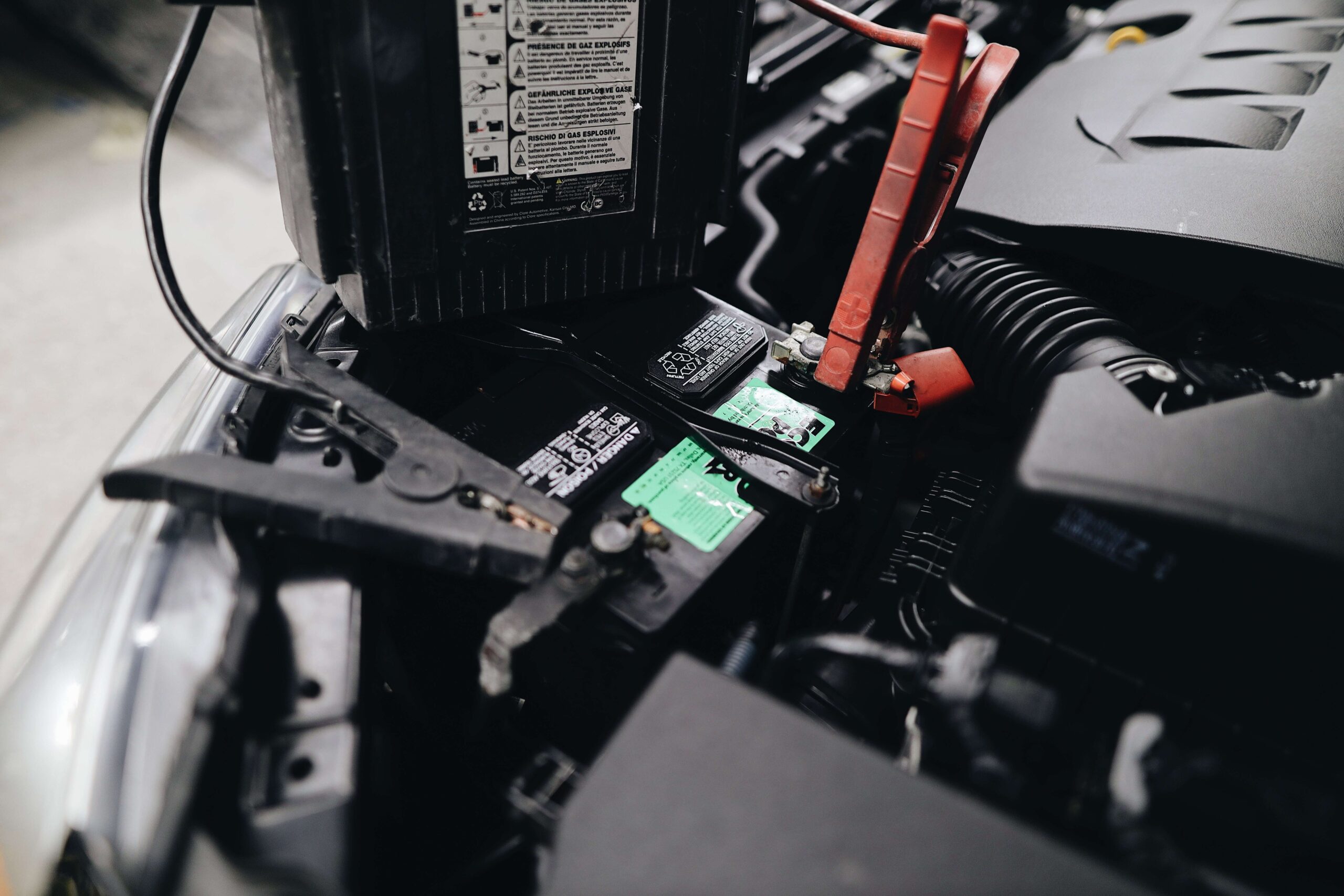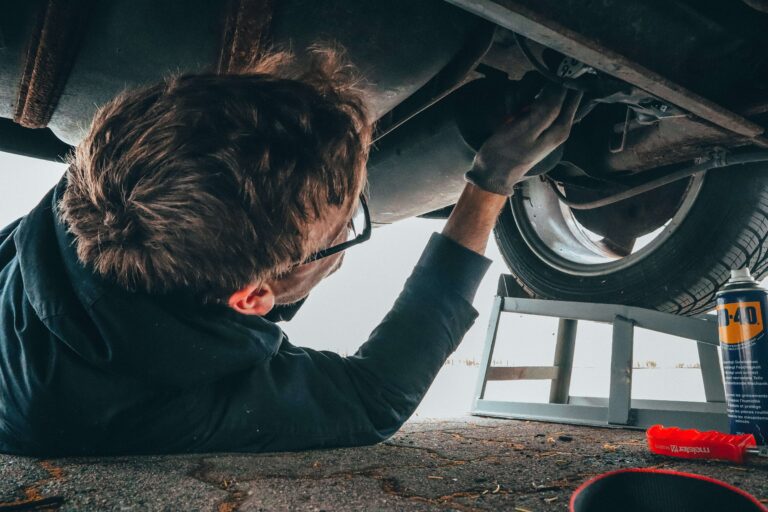Have you ever wondered whether your cherished golf cart would start up smoothly after a laid-back weekend of navigating the course, even if its batteries were a bit drained? It’s a concern that lingers in the minds of many golf cart owners, and understandably so. Water, like the perfect swing, plays a crucial role in the functioning of your golf cart batteries, and neglecting their thirst can lead to disastrous consequences.
Why Water is Crucial for Golf Cart Batteries
Think of water as the elixir of life for your golf cart batteries. These powerful engines rely on a potent mixture of water and sulfuric acid, a concoction called the electrolyte. This electrolyte acts as the conductor, orchestrating the chemical reactions that generate the electrical energy that propels your cart forward. However, when the water level dips below its optimal level, the electrolyte becomes diluted, hindering these vital reactions and ultimately impacting the battery’s performance.
Let’s delve deeper into the reasons why water is so vital for golf cart batteries:
- Maintaining Electrolyte Balance: As mentioned earlier, water is crucial for ensuring the proper level of the electrolyte. When water evaporates through natural processes, the remaining liquid becomes concentrated, exposing the lead plates within the battery. This exposure acts like a thief in the night, stealing away the efficiency of the battery and ultimately reducing its lifespan.
- Preventing Sulfation: Think of sulfation as the grim reaper of batteries. This process occurs when lead sulfate crystals form on the battery plates, slowly choking the battery’s ability to hold a charge. Water acts like a knight in shining armor, dissolving these crystals and keeping the battery in tip-top shape.
- Optimizing Performance: Imagine a smooth highway compared to a bumpy dirt road. Water ensures that the energy transfer within the battery happens efficiently, resulting in better power output and longer driving range. This means you can enjoy uninterrupted rounds of golf without worrying about running out of juice halfway through.
Signs of Low Water Levels in Golf Cart Batteries
It’s crucial to regularly check your golf cart battery’s water level. Here are some signs that indicate your batteries might be low on water:
- Reduced Power: You may notice slower acceleration, shorter driving range, and overall sluggish performance.
- Excessive Heat: During charging, the batteries may feel abnormally hot. This signifies increased internal resistance, a symptom of low water levels.
- Visible Sulfation: White or blue crusty deposits on the battery terminals are a telltale sign of sulfation, often caused by low water levels.
- Bubbles During Charging: While some bubbling is normal during charging, excessive bubbling can indicate low water levels and potential damage to the battery.
Can a Golf Cart Battery with Low Water Levels Still Charge?
The answer, much like a tricky putt, is not a simple yes or no. Technically, yes, the battery may still accept some charge. However, this charge will be incomplete and ultimately detrimental to the battery’s health. Here’s why:
- Incomplete Charge: With insufficient water, the chemical reactions within the battery become sluggish, resulting in an incomplete charge. Think of it like trying to fill a bucket with a leaky hose – no matter how long you try, the bucket will never be truly full.
- Increased Internal Resistance: When water levels dip, the internal resistance within the battery rises. This resistance acts like a roadblock, hindering the flow of electricity and causing the battery to overheat. Imagine trying to run a marathon while wearing a heavy backpack – it wouldn’t be easy, and neither is it for your battery.
- Permanent Damage: If a neglected battery is left to suffer in its thirst for too long, the exposed lead plates can become permanently damaged. This irreversible harm leads to a drastic loss of capacity, forcing you to say goodbye to your faithful golf cart companion and invest in a new one.
What to Do if Your Golf Cart Batteries are Low on Water
Fear not, for help is at hand! Here’s a quick guide to rehydrating your golf cart batteries and restoring their vitality:
- Check the Water Level: Locate the fill caps on each battery cell and remove them carefully. Think of them as the access points to the battery’s inner world. Use a flashlight to peer into each cell and inspect the water level. The water should be above the exposed plates, usually marked by a “full” line on the battery cell.
- Replenish with Distilled Water: If the water level is low, grab a clean container and fill it with distilled water. Distilled water acts like a magic potion, restoring the electrolyte balance without introducing any harmful impurities. Gently add the water to each cell, being mindful not to overfill them.
- Charge Up: Once the batteries have quenched their thirst, connect the charger and allow them to fully recharge. This process is like giving your batteries a spa day, allowing them to relax and recover their strength.
- Regular Check-Ups: Just like you wouldn’t neglect your own health, it’s crucial to regularly check the water level in your golf cart batteries. Aim to do this at least once a month, especially during hot weather or frequent use.
Remember, maintaining proper water levels is like giving your golf cart batteries the gift of a long and healthy life. By following these simple tips and treating your batteries with the care they deserve, you can ensure that your trusty golf cart will be your loyal companion on countless rounds for years to come. So, go forth, conquer the course, and keep your batteries happy!







